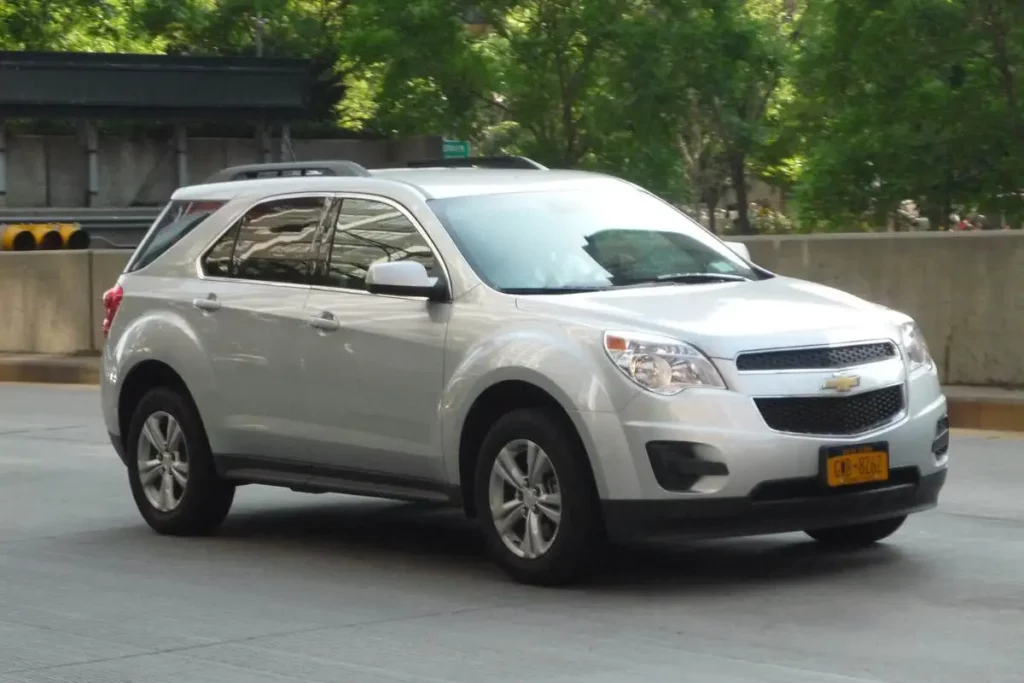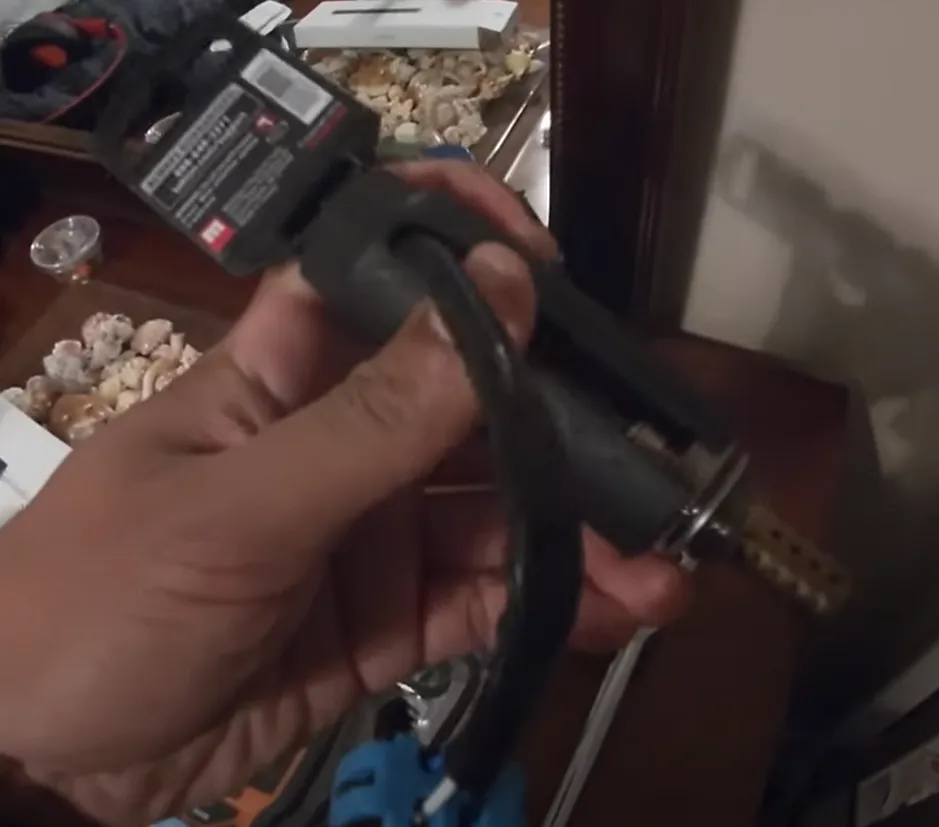Although the Chevy Equinox ranks relatively high among its peer SUVs, it has its share of problems, some of which have dented its reputation.
One such issue is Chevy Equinox stalling or completely shutting off while reversing.
It is quite a problematic fault to localize mainly because so many subsystems can be potentially involved or implicated as a source of the problem.
It, therefore, needs a deep and thorough investigation and diagnosis by a genuinely qualified technician.
Hop along as I explain all the probable causes.

The Wider Problem
Although the problem statement is very particular, Chevy Equinox shuts off in reverse.
Let’s look at similar complaints raised by users, such as stalling while driving at low speeds or in reverse, shutting off while idle, or jerking at low speeds.
All of these problems have more or less the same focal point.
It is, however, highly likely that the issue will first show up with your SUV stalling while reversing or when idling and progressively becoming worse — shutting off completely.
The Probable Causes
If your car is stalling or shutting off in reverse, there are a couple of things that you can immediately do to see if the problem goes away.
Bad Battery or Loose or Dirty Connections
A bad battery is one of the most common reasons for a car stalling. A bad battery puts out insufficient power, which causes the alternator to overwork, which in turn loads up the engine.
Under too much load, the engine either stalls or dies in the worst-case scenario.
First, check the battery terminals for sulfur deposits or loose connections.
Check the battery if it needs replacement — with the car engine and lights off, the voltage should not be less than 12.45 Volts. Change the 12V battery every 3-5 years.
Corroded terminals can be cleaned with a solution of baking soda and water, aided by a toothbrush. Check out the references for a detailed video on how to do it.
The Fuel Pump
If your car is not getting enough fuel supply to produce the required power, it will stall and turn off, especially at idle or low RPMs, such as while reversing. So the next thing to check is the fuel pump.
The fuel pump is attached to the fuel tank, and if it has seen better days, it will start giving a loud whining sound. Other symptoms may include difficulty in starting, stalling, etc.
It is a relatively tedious DIY because the drive shaft and exhaust are in the way. Better have it checked, cleaned, or replaced by a qualified technician.
I have a DIY link in the references for the adventurer amongst you.
The Fuel Injector And Fuel Injector Nozzle
The fuel injector and nozzle are part of the high-pressure fuel injection system. Fuel injectors are responsible for atomizing and spraying the cylinders for highly efficient burning.
Clogged fuel injectors and/or injector nozzles can cause the car to stall and, in horrible situations, to shut off in reverse because of the lower RMPs.
Clogged fuel injectors will also result in poor fuel economy, so all the more reason to have them cleaned.
There are ways to clean the fuel injectors without taking them out, and there is a Youtube video link at the end of this article explaining how to do it.
Variable Valve Timing System
Issues with Equinox’s variable valve timing system will cause the check engine light to be lit, with symptoms being:
- poor fuel economy
- rough running engine
- shutting off in reverse
When scanned, the ODB codes are
- P0010 (Exhaust Camshaft Position Timing)
- P0011 (Exhaust Camshaft Position Timing)
The most likely reasons for these codes can be
- Oil sludge in the engine.
- Faulty VVT control solenoid valves, one for the intake side and the other for the exhaust. This is the most common cause.
In case of engine sludge, add engine oil flush to your car’s engine oil and run the engine at idle for 5-10 minutes allowing the chemical to dissolve the sludge back into the oil.
As a next step, flush all the engine oil and add a fresh one. Change your Equinox’s oil filter as well.
Once done, clear the codes and see if it is regenerated. If it is not generated again, then that is that.
If codes reappear, the next step is to clean carbon deposits from the VVT control solenoid valves, and if that does not do the trick, replace them.
It is a relatively easy DIY, and I have included a YouTube video at the end.
Mass Air Flow Sensors
It is located between the air filter and intake manifold, and it measures the volume of air entering the engine.
Failure or malfunction of this sensor can stall or, in the worst case, shut off the engine in reverse.
If this is an issue, then the code P0101 will be generated. It is pretty easy to DIY. Follow the steps in the video link shared in the references.
O2 Sensor
The optimum fuel and oxygen are essential for the smooth running of your Equinox. O2 sensors help regulate this mixture by measuring the amount of unburnt oxygen in your car’s exhaust system.
Depending upon the model year and configuration, there can be several O2 sensors in your Equinox.
Still, the most important one affecting engine performance is located closest to the engine, in the exhaust manifold.

The one with the visible blue connector behind the engine.
Faulty O2 sensor results in check engine light with OBD codes generated as follows::
- P0130
- P0136
- P0142
- P0153
Indicating — sensor malfunction for one of three sensors.
Symptoms include
- rough idling,
- misfiring,
- poor mileage and
- stalling and possibly shutting down at low RPM.
Depending on which sensor is faulty and thus its location, the level of DIY difficulty can vary. Please see the link to a YouTube video on how to DIY.
Conclusion
In this post, I have tried to answer the issue of Chevy Equinox shutting off in reverse. From what we know, shutting off is the worst-case scenario for a vehicle that is stalling for one reason or another.
I have tried to look at it from many different angles because so many things can go wrong and cause your car to either stall or bring it to a standstill.
To summarize, I have looked at the following issues that might be causing stalling or shutting off, particularly when reversing.
- Battery issues
- Fuel pump.
- Fuel Injectors
- Variable Valve Timing
- Mass airflow sensors
- O2 Sensors
There could be other reasons, such as issues with the throttle position or its sensor, alternator, accelerator pedal sensor, etc., and can be looked at if any of the above are not positively identified as the root cause.
Word or two of advice: Never let a problem, such as stalling, linger on because it can be catastrophic.
Imagine your car stalling in the middle of a highway and not responding as you push down on the gas paddle. If your Equinox completely shuts down, you wont be able to use the brakes either.
Delaying tending to an issue invariably results in a bigger and more damaging issue.
Happy and safe driving!
Sources
- https://www.youtube.com/watch?v=WFQHHQ2Ws8g (Chevy Equinox 2008 Fuel Pump Replacement)
- https://desertoasisautorepair.com/my-car-stalls/#:~:text=Number%201%20%E2%80%93%20Bad%20Battery,at%20risk%20of%20stalling%20out.
- https://www.youtube.com/watch?v=8aHIIgO-KNE (Sputtering)
- https://www.youtube.com/watch?v=aDvtzg-ThZs (How to clean fuel injectors without taking them out)
- https://www.youtube.com/watch?v=bKGI9N_yWd0 (How to clean fuel injectors without taking them out)
- https://www.youtube.com/watch?v=PStpldLKdIE (How To Replace VVT Solenoid Valves)
- https://www.youtube.com/watch?v=3Ma5Z9RGUwM (MAF Replacement)
- https://repairpal.com/chevrolet/equinox/engine-stalling
- https://www.youtube.com/watch?v=ex6Ww0afO2g (How to Replace Primary O2 Sensor in Equinox)